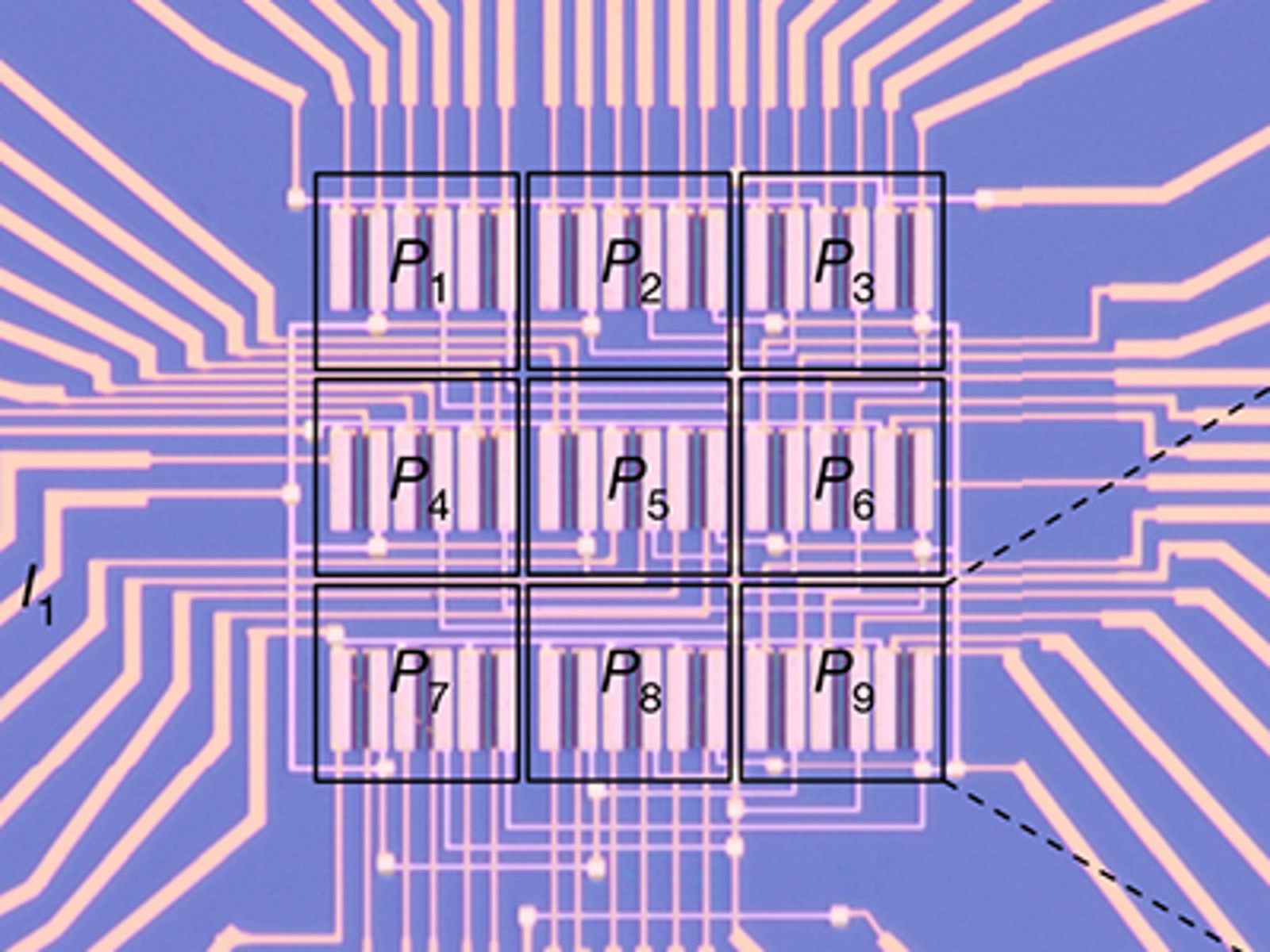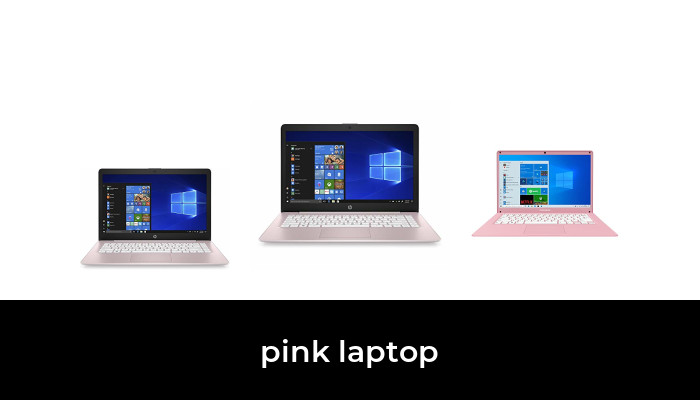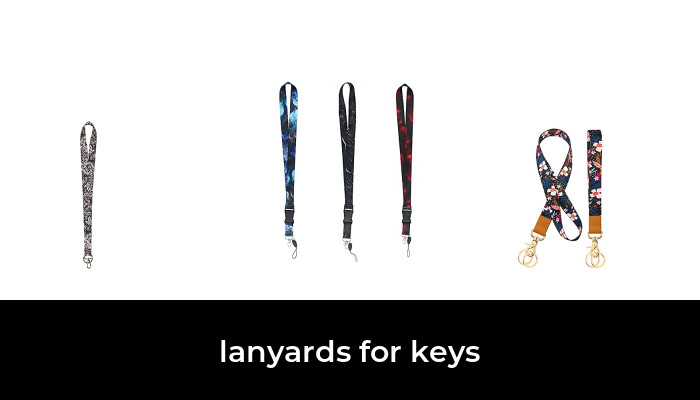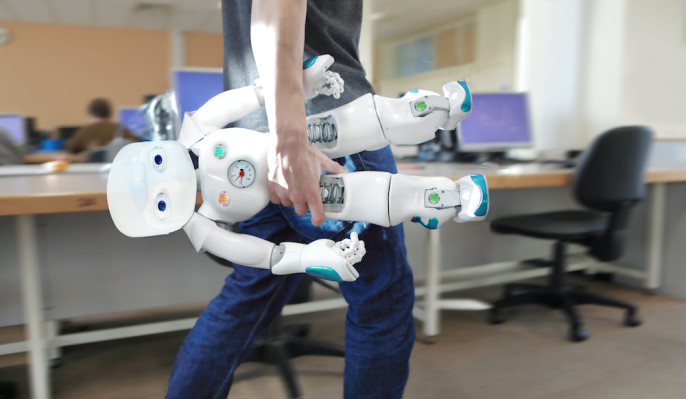I see far extra analysis articles than I may probably write up. This column collects probably the most fascinating of these papers and advances, together with notes on why they might show necessary on the planet of tech and startups.
This week: crowdsourcing in house, imaginative and prescient on a chip, robots underground and underneath the pores and skin and different developments.
The attention is the mind
Pc imaginative and prescient is a difficult downside, however the perennial insult added to this problem is the truth that people course of visible info in addition to we do. A part of that’s as a result of in computer systems, the “eye” — a photosensitive sensor — merely collects info and relays it to a “mind” or processing unit. Within the human visible system, the attention itself does rudimentary processing earlier than photos are even despatched to the mind, and once they do arrive, the duty of breaking them down is break up aside and parallelized in an amazingly efficient method.

The chip, divided into a number of sub-areas, which specialise in detecting totally different shapes
Researchers at the Vienna University of Technology (TU Wien) combine neural community logic instantly into the sensor, grouping pixels and subpixels into tiny sample recognition engines by individually tuning their sensitivity and punctiliously analyzing their output. In one demonstration described in Nature, the sensor was arrange in order that photos of simplified letters falling on it might be acknowledged in nanoseconds due to their distinctive voltage response. That’s method, method sooner than sending it off to a distant chip for evaluation.



















